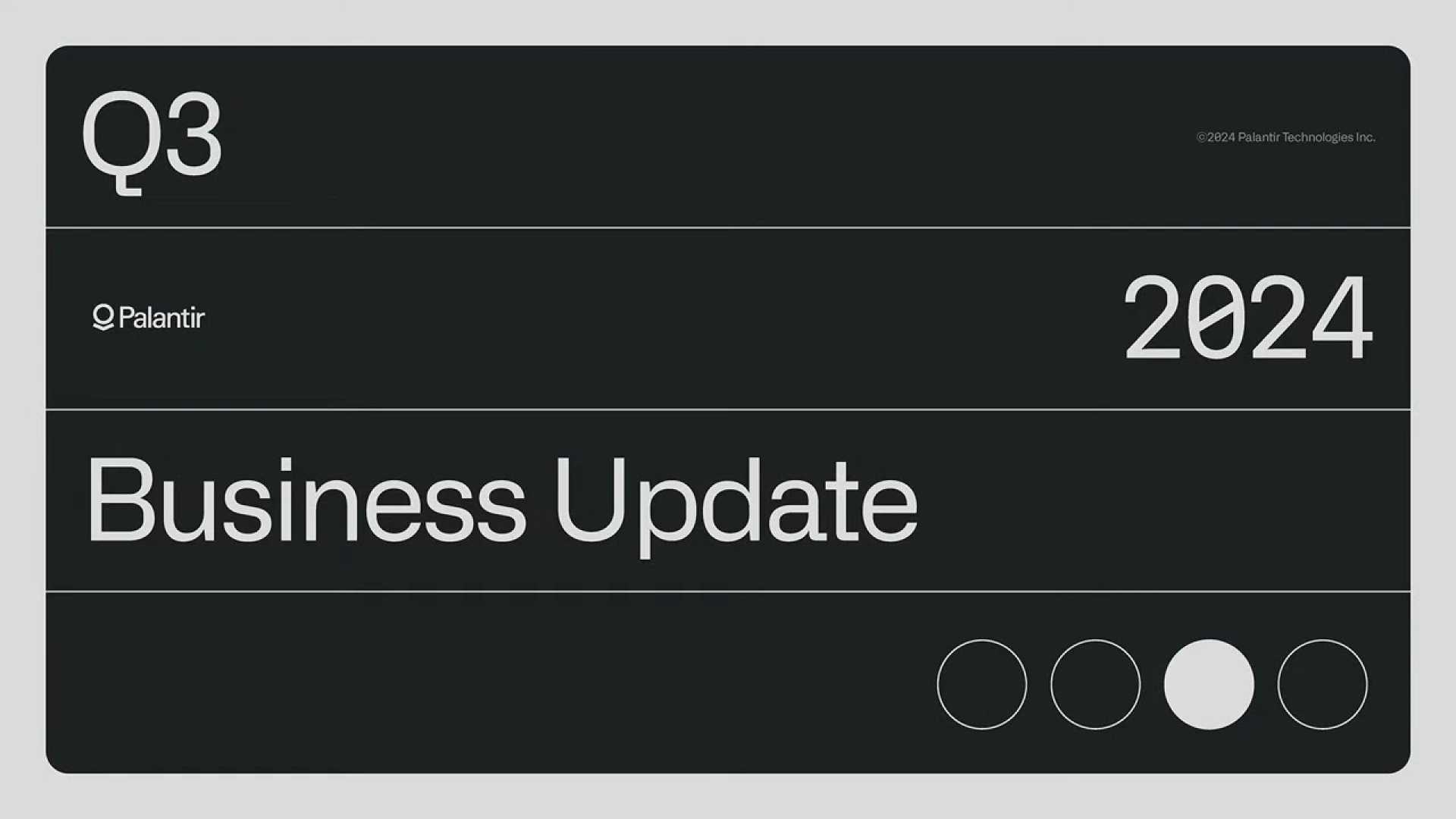Business
Palantir Technologies Stock Soars After Impressive Q3 Earnings and Robust Guidance

Palantir Technologies (NYSE: PLTR) has seen its stock surge significantly following the release of its third-quarter earnings report on November 4, 2024. The company reported revenue of $726 million, a 30% increase from the same period last year, and adjusted earnings of $0.10 per share, a 43% increase. These figures exceeded analysts’ expectations of $703.4 million in revenue and $0.09 per share in earnings.
The strong performance led to a 23% increase in the stock price the day after the earnings were announced. This marks the eighth consecutive quarter where Palantir has surpassed both top- and bottom-line expectations. CEO Alex Karp described the quarter as one where the company “absolutely eviscerated” its targets.
Palantir also raised its 2024 revenue forecast to just over $2.8 billion, up from the previous estimate of $2.75 billion, indicating a year-over-year growth of nearly 26%. This growth is driven by a solid contract pipeline, with the company’s remaining deal value (RDV) increasing by 22% year-over-year to $4.5 billion.
Despite the impressive growth, some investors are cautioning against the stock’s high valuation. Palantir is trading at 46 times sales and has a price-to-earnings multiple of 255, significantly higher than the U.S. technology sector averages. Top investor Victor Dergunov, while optimistic about Palantir’s long-term potential, advises against chasing the stock at its current price, suggesting it is “priced for perfection”.
The company’s operating margin jumped by 9 percentage points to 38% in the third quarter, and consensus estimates project Palantir’s earnings to increase at an annual rate of 59% over the next five years. The forward price/earnings-to-growth ratio (PEG ratio) of 0.42 suggests that the stock may be undervalued relative to its growth potential.
Palantir’s strong position in the AI software platforms market, which is expected to see 40% annual growth through 2028, further supports its potential for continued growth. However, analysts have mixed views, with a consensus rating of “Hold” and a 12-month average price target of $34.30, indicating a potential downside of 41% from current levels.












